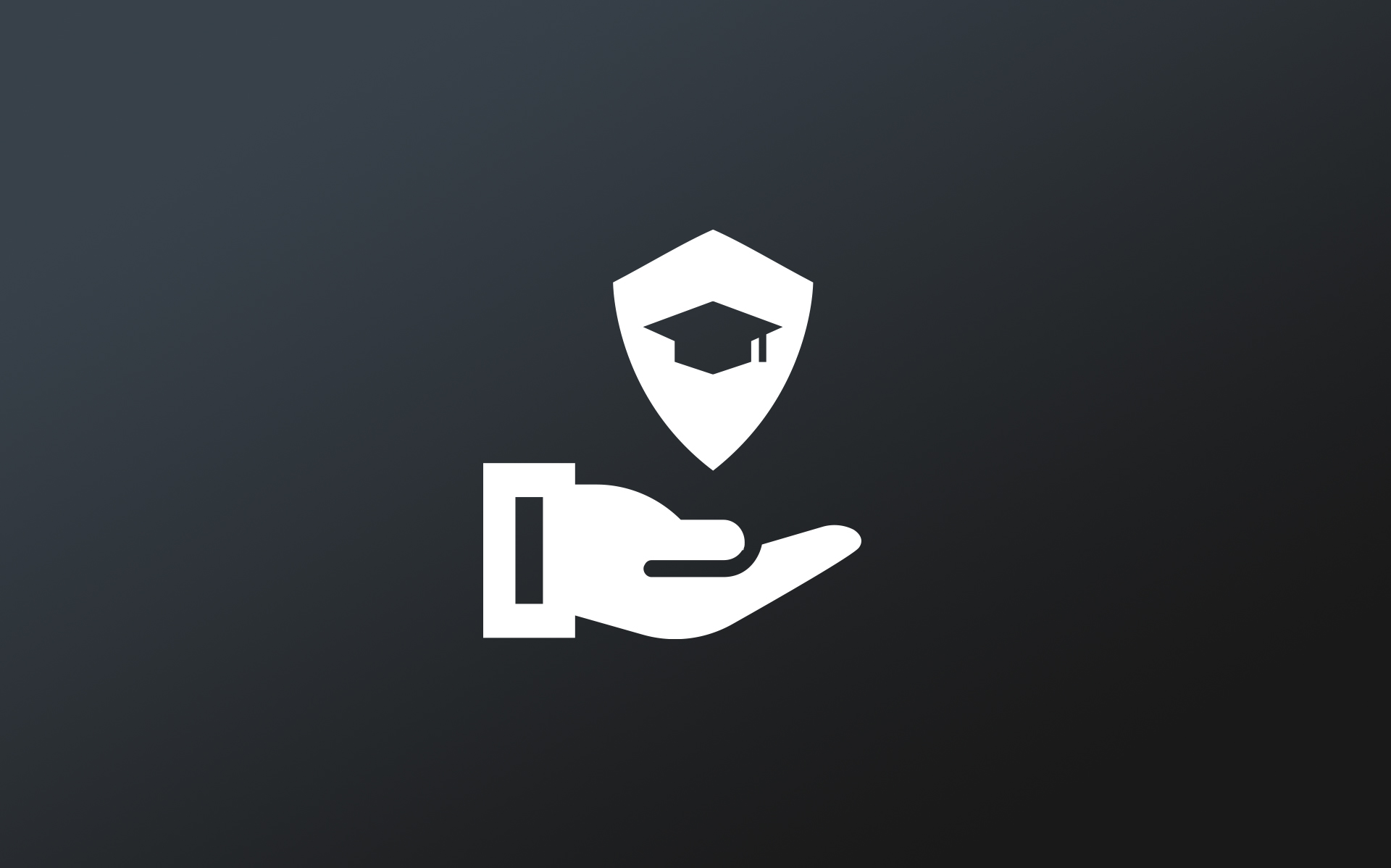For higher education, collecting student data comes with big potential — and big challenges. Data can offer insights into student trends, optimize recruitment and admissions, and enable better on-campus engagement. But data can also be a school’s biggest liability.
Without proper security processes and policies comes the risk of a data breach. Along with potential financial loss, breaches can threaten the reputation of higher-ed institutions and create security risks for students and their personal data.
Adopting a data stewardship mindset across campus is one of the best ways higher education can protect sensitive data.
What Is Data Stewardship?
Ensuring the proper handling of personal data is a critical responsibility for higher-ed institutions. Data stewardship outlines the best practices for the collection, use, and confidentiality of data. This proactive approach prioritizes fairness, transparency, and relevancy in data collection while adhering to security and compliance requirements.
A data steward subscribes to these five key principles:
- Fairness: Informed consent to avoid deceptive data collection methods.
- Transparency: Communication for how data is used and shared.
- Relevancy: Limiting data to only that which is necessary for the intended purpose.
- Lawfulness: Compliance with relevant laws and data privacy regulations.
- Security: Practicing due diligence when collecting, storing, and accessing data.
Here are four data stewardship best practices your higher-ed institution can implement today to safeguard the data entrusted to you by students.
Securing Sensitive Data
With the emergence of online education, higher-ed institutions are more exposed to dangerous cyberattacks than ever. Legacy systems, still common among schools, also create challenges to keeping sensitive student data protected. Many institutions also still struggle to implement data governance frameworks to help enforce better data security.
Data stewardship can help keep sensitive student data protected by ensuring security protocols are established and implemented. This involves procedures for responsible and secure data sharing across departments. It also should include instilling the proper safeguards for apps and systems to ensure no uncontrolled access or disclosure of data.
Minimizing Data Access
Data stewards follow best practices to help ensure that individuals have reliable and consistent access to usable data. But part of protecting data also involves governing who has access to the information in the first place. Human error, misjudgment, or negligence can all compromise sensitive student data.
Minimizing this risk, and the consequences for your institution and students, involves minimizing data access. Data stewardship should include policies that strictly limit data access to only the employees who need the information to complete their job functions. Employees who do need to access sensitive data should maintain strong usernames and passwords.
Managing Data Quality
Ensuring data quality becomes a challenge when higher-ed institutions rely on paper processes or legacy systems that silo data between departments. This disparate data increases the chances that departments are collecting duplicate data from students, all with different formatting. Paper forms also make it easy for respondents to leave critical fields blank or write with illegible handwriting.
Data stewardship creates a standard for collecting data that is clean, usable, and compliant. These policies help ensure that the data your institution collects is relevant and for an established purpose. They can also help in detecting and correcting data errors, or preventing them altogether.
A solution like FormAssembly consolidates data collection, payment connectors, and Salesforce integration to a single platform. Used across departments, FormAssembly helps maintain data quality through digital forms with standardized form fields that import data directly into Salesforce. Forms can be up and running in minutes and do not require IT or developers to maintain.
Enforcing Compliance
Data stewards promote transparency and lawful data collection practices. This includes notifying form respondents about how your higher-ed institution plans to use, store, share, and process the data collected. It also includes providing opportunities for individuals to opt out of the data collection process.
Lawful data collection is also a best practice of data stewardship. This means that your institution follows all data privacy laws and data residency requirements when collecting, processing, and storing data. Staying compliant with such regulations as GLBA not only keep your institution from being fined, but ensure that the data you collect from students stays secure while in your care.
Secure Your Salesforce Data Collection
Data stewardship ensures that the data collection processes at your higher-ed institution remain high-quality, secure, and compliant. Learn how leveraging FormAssembly helps secure your Salesforce data collection, following data stewardship best practices.



